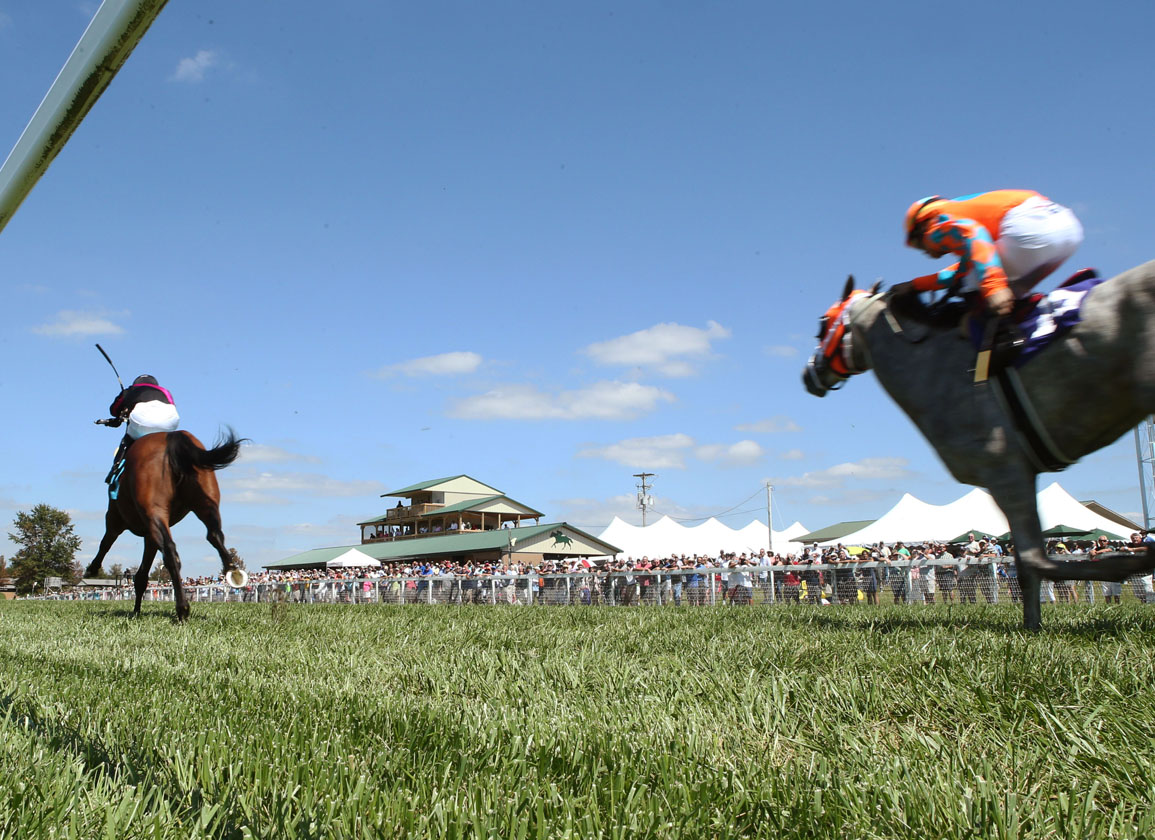I read with interest the article about using speed figures to “flag” trainers who may be using performance enhancing drugs.
Whereas it may be a useful tool to focus on which trainers to keep an eye on, we should not jump to conclusions too hastily : there are plenty of other reasons a trainer might frequently improve a horse he has received.
He may have treated the horse for ulcers, any physical discomfort ranging from the cervicals to the sacro iliac, improved his shoeing, or just given him more work or less, trained him differently, better work riders, found the appropriate distance, surface or tactics, used a different bit, etc.
This could be the sign of a trainer simply more attentive to his horse's welfare and therefore a better trainer than the previous one.
One should not forget that one of the main advantages of the claiming system in the U.S. is that it encourages “upward social mobility” (remember Bobby Frankel, among others) in that it gives young trainers the chance to show their ability, specifically because they improve horses they claim. If the successful ones are systematically suspected of doping …..
It is a much better system than the all-handicap one in Europe, where the horses take turns in winning, and where making mistakes is nearly an advantage because you are “well in” as a result, once you figured out what you were doing wrong.
The handicap system preserves bad horses but also moderate (or “clever”) trainers, and is much less honest than the claiming one.
Not a subscriber? Click here to sign up for the daily PDF or alerts.






